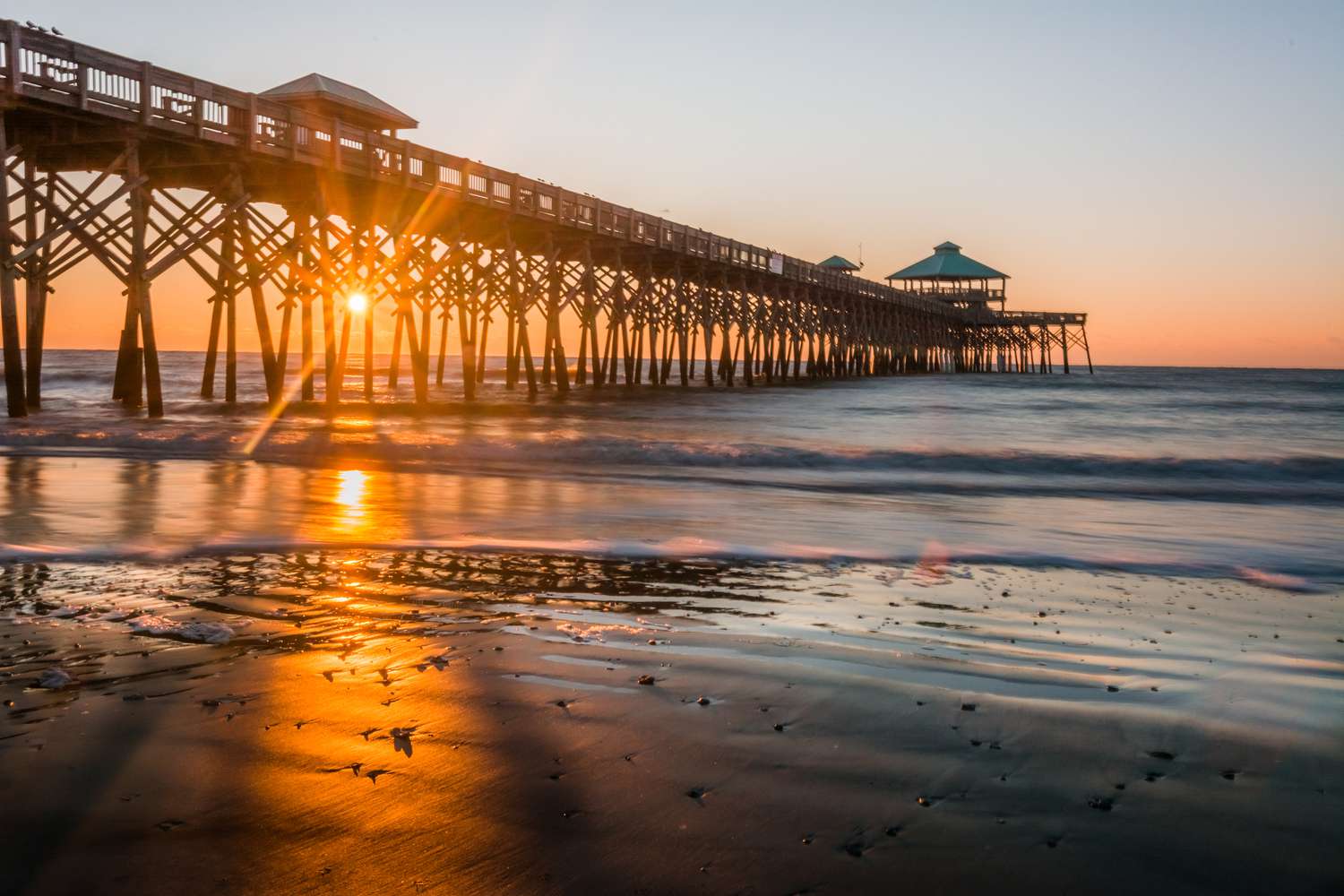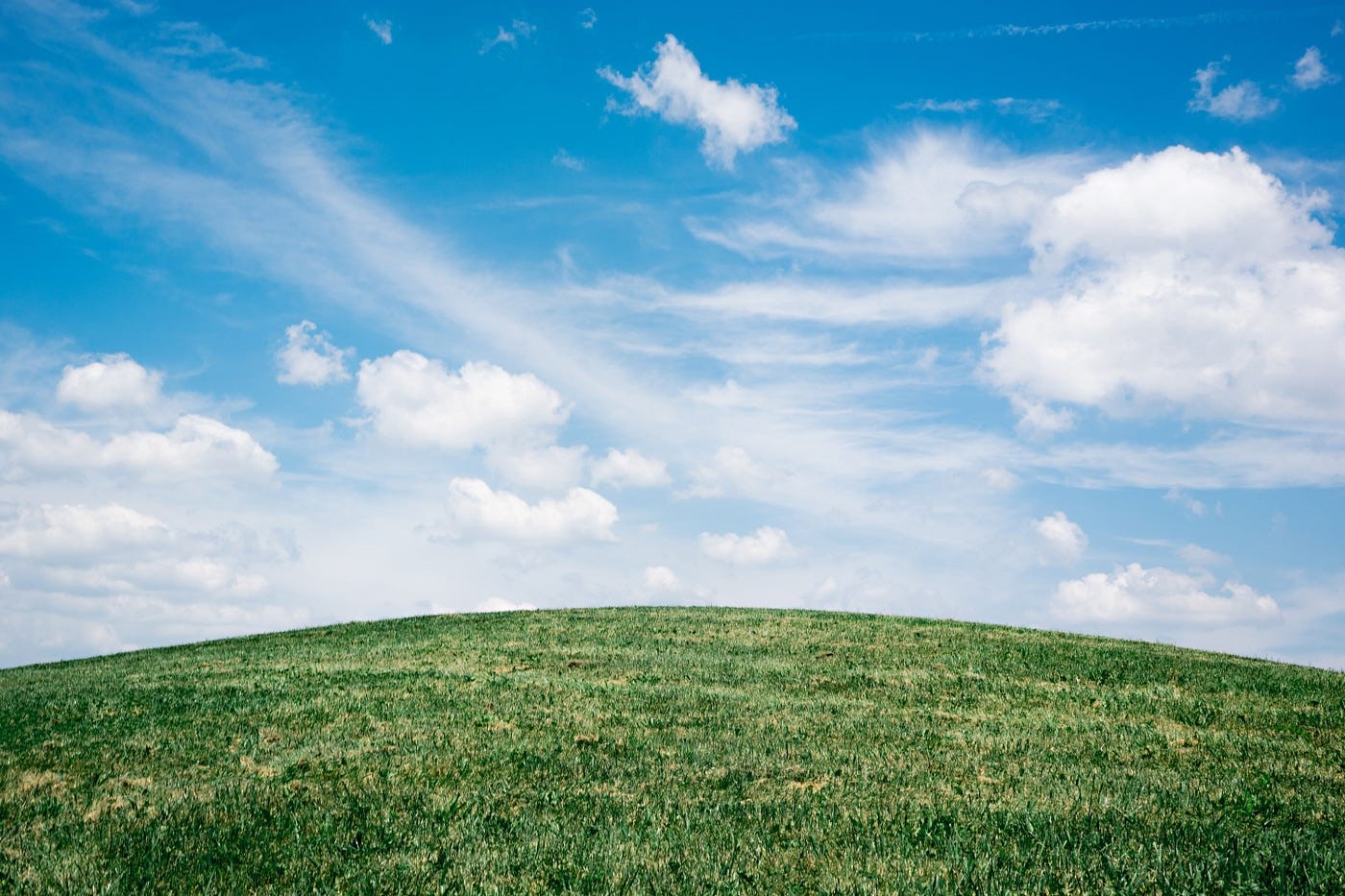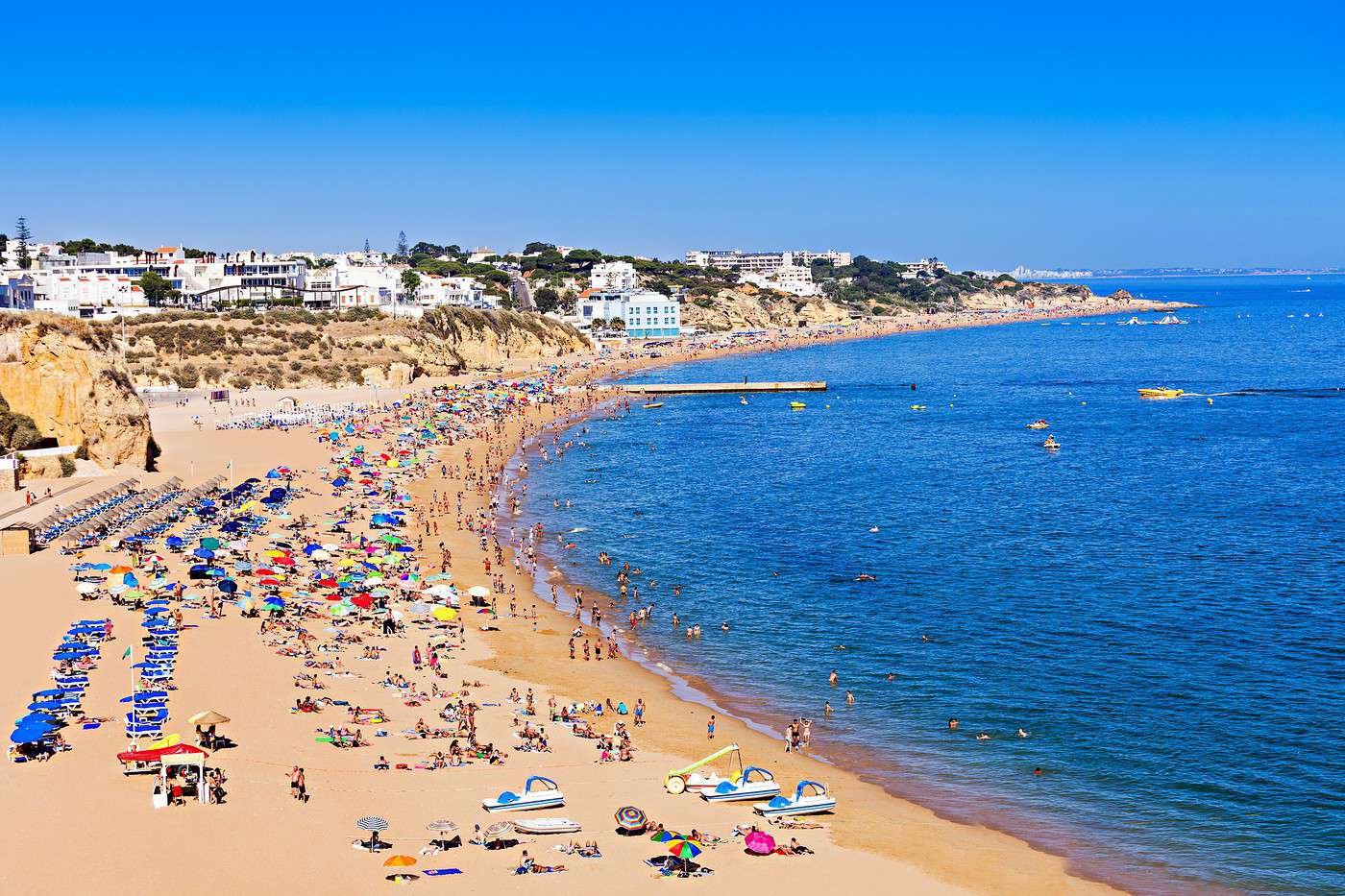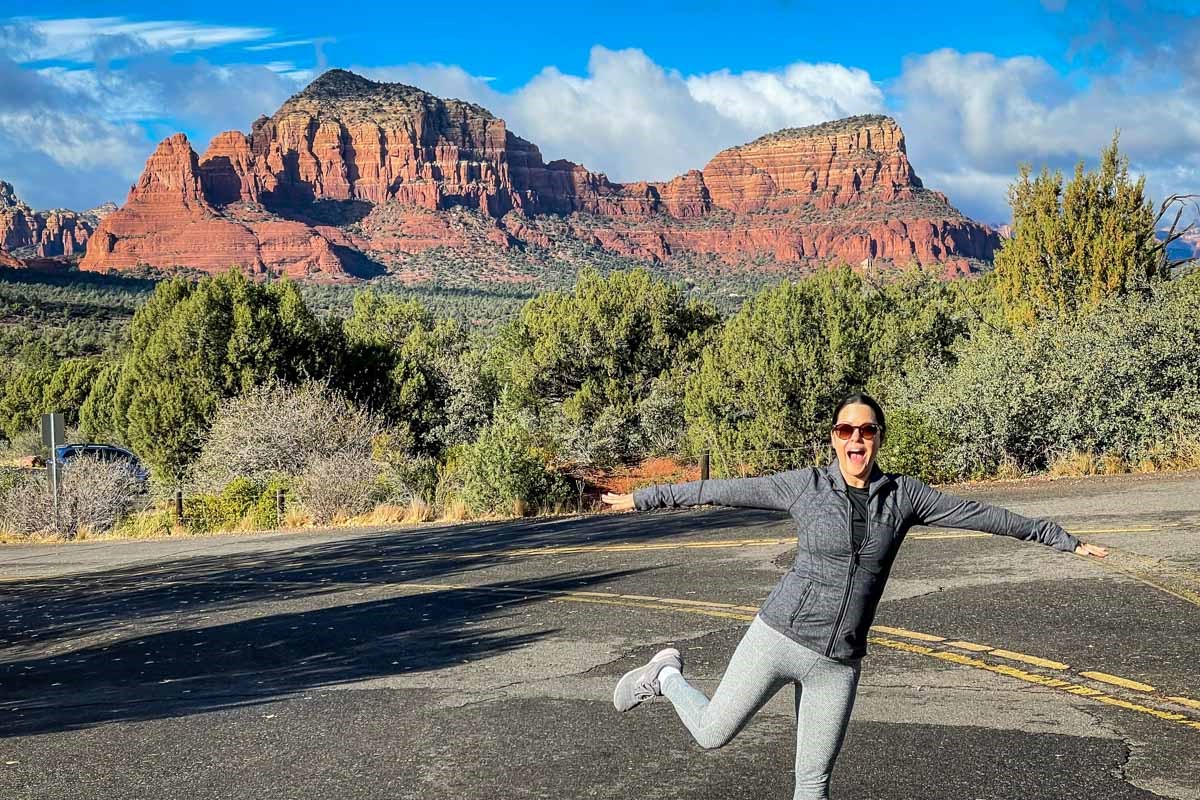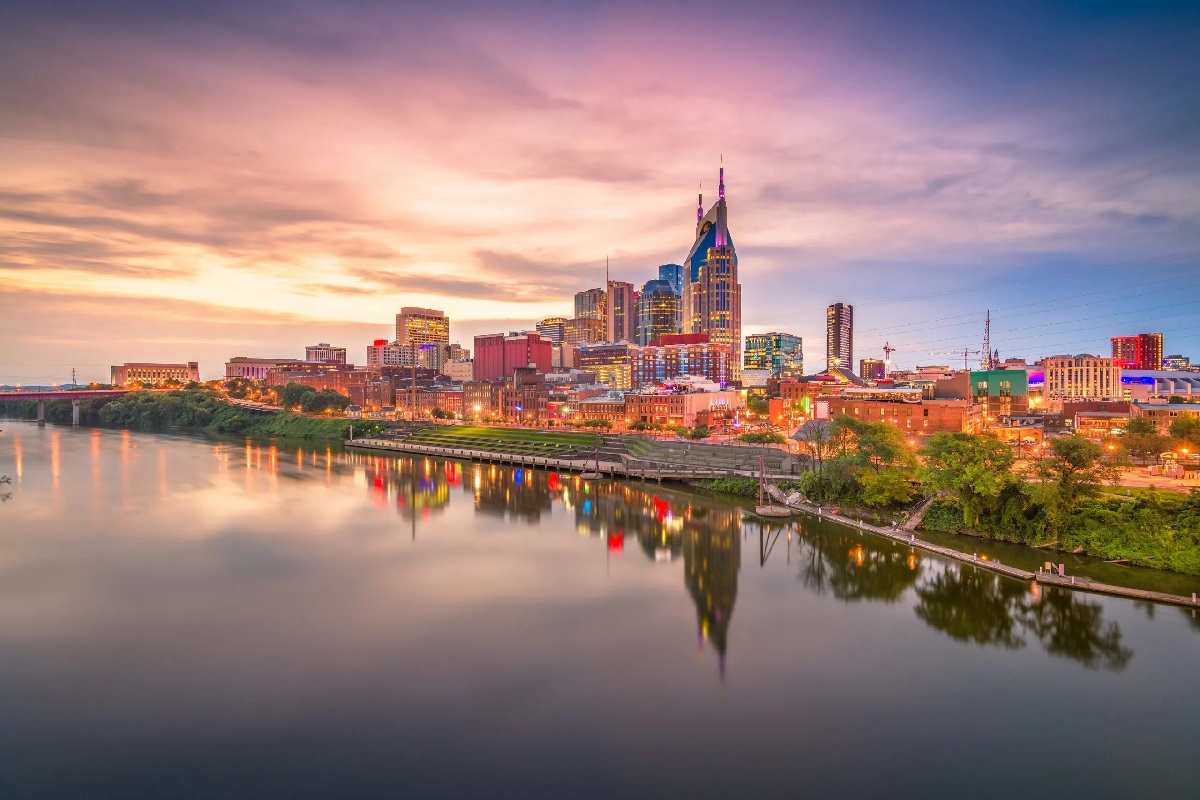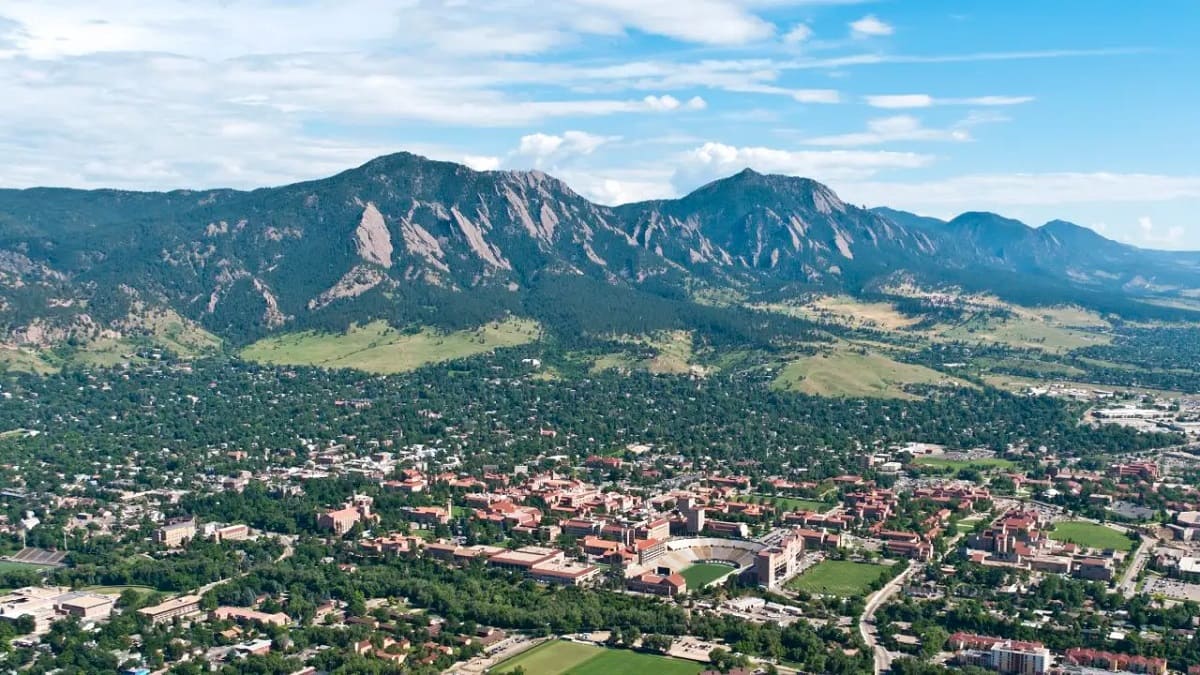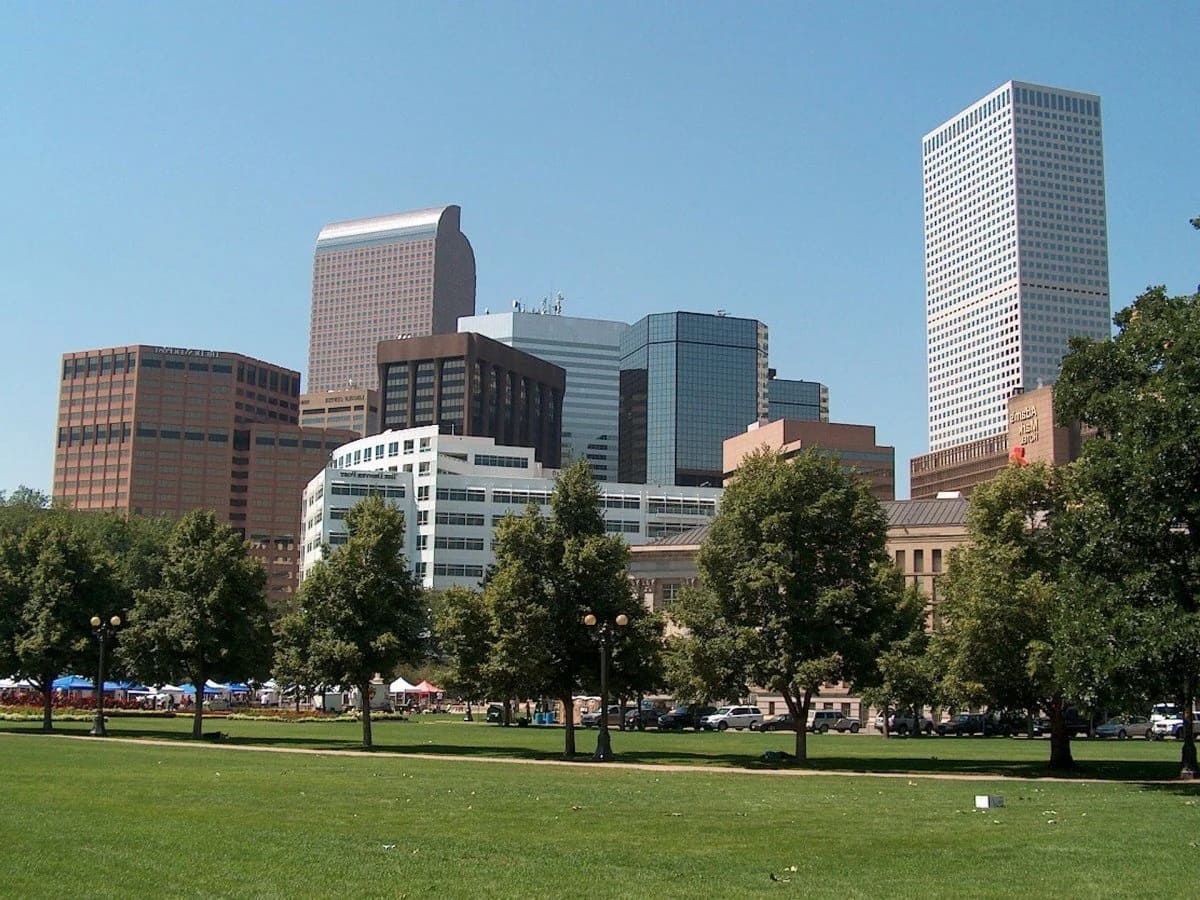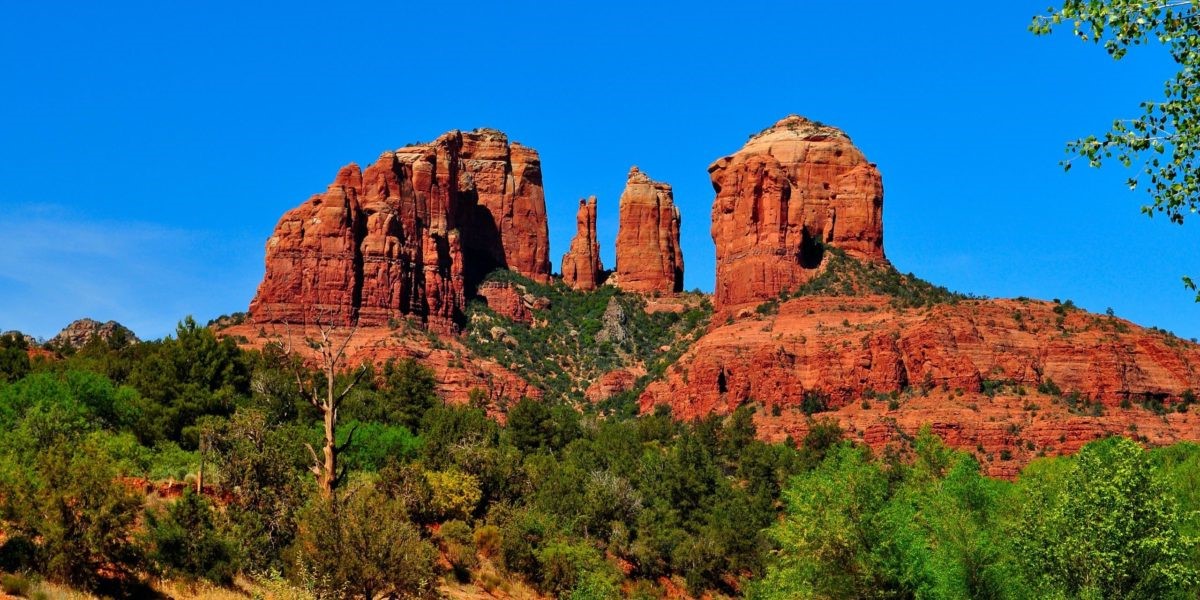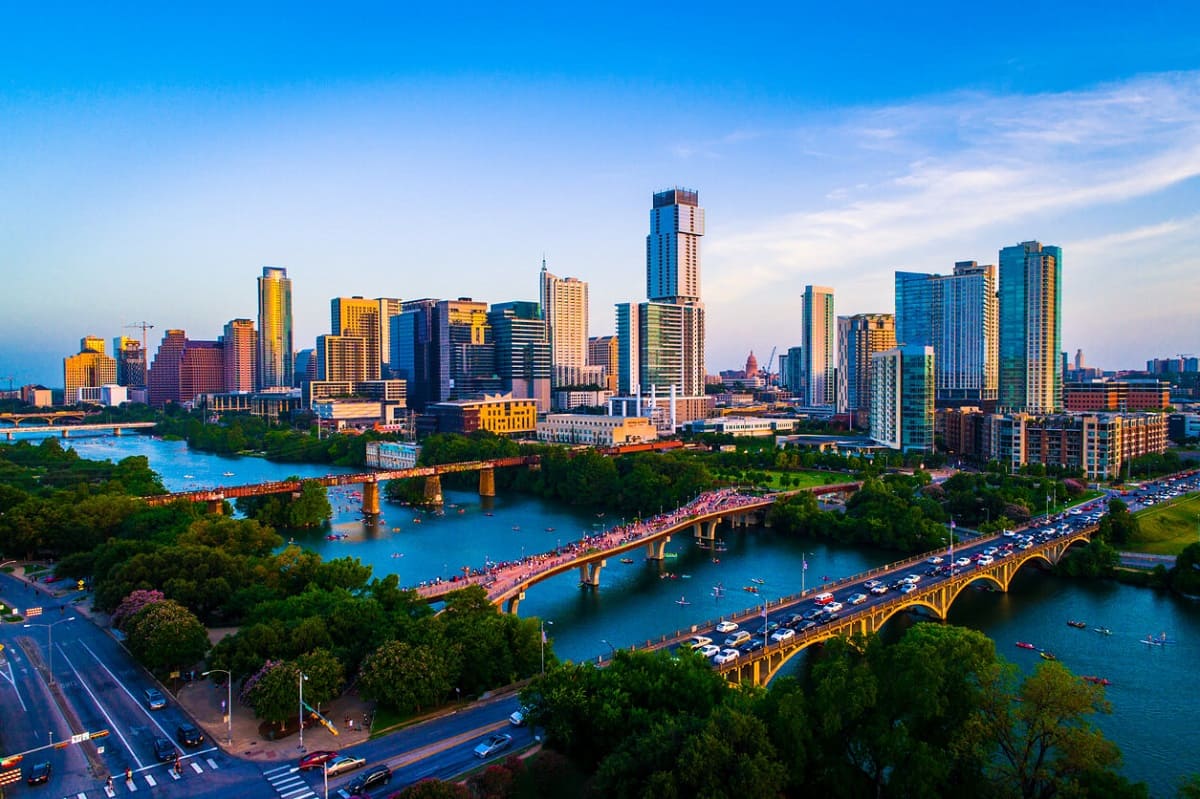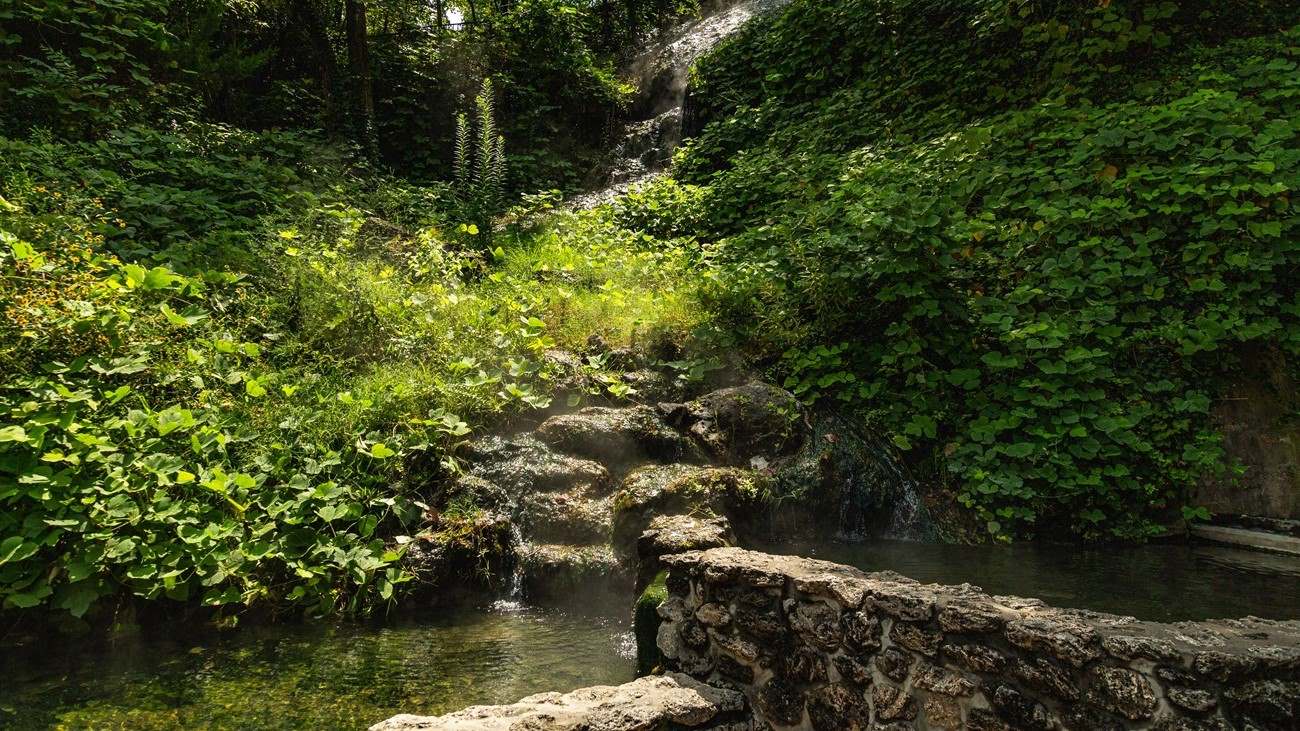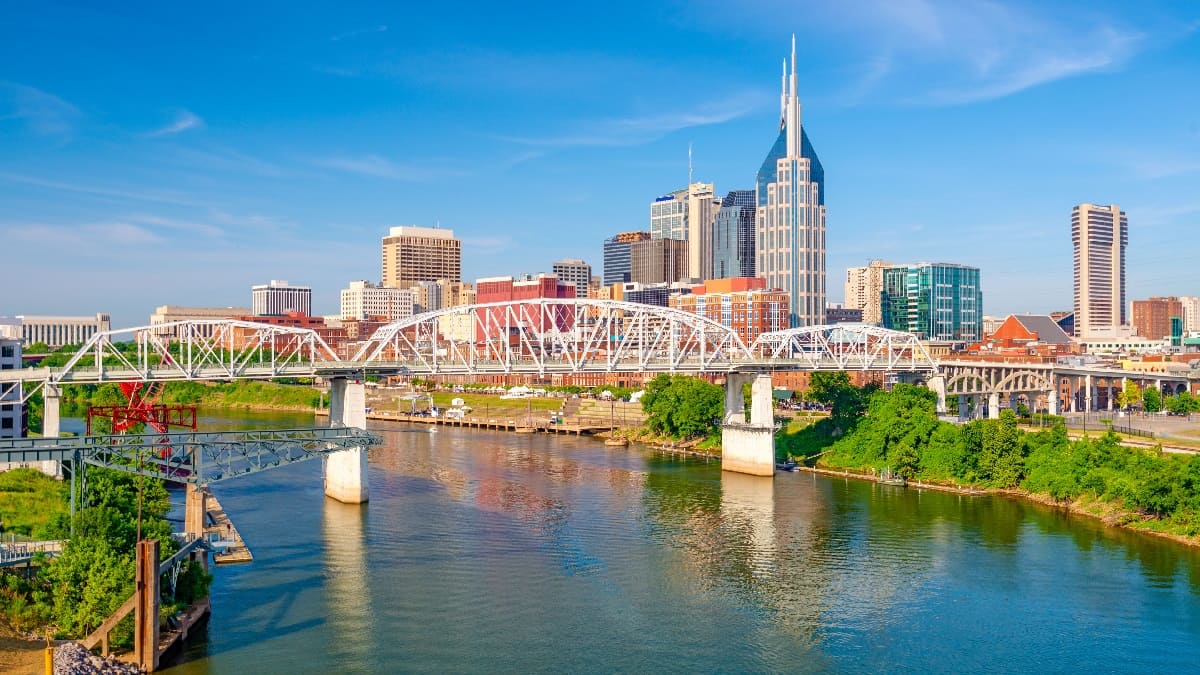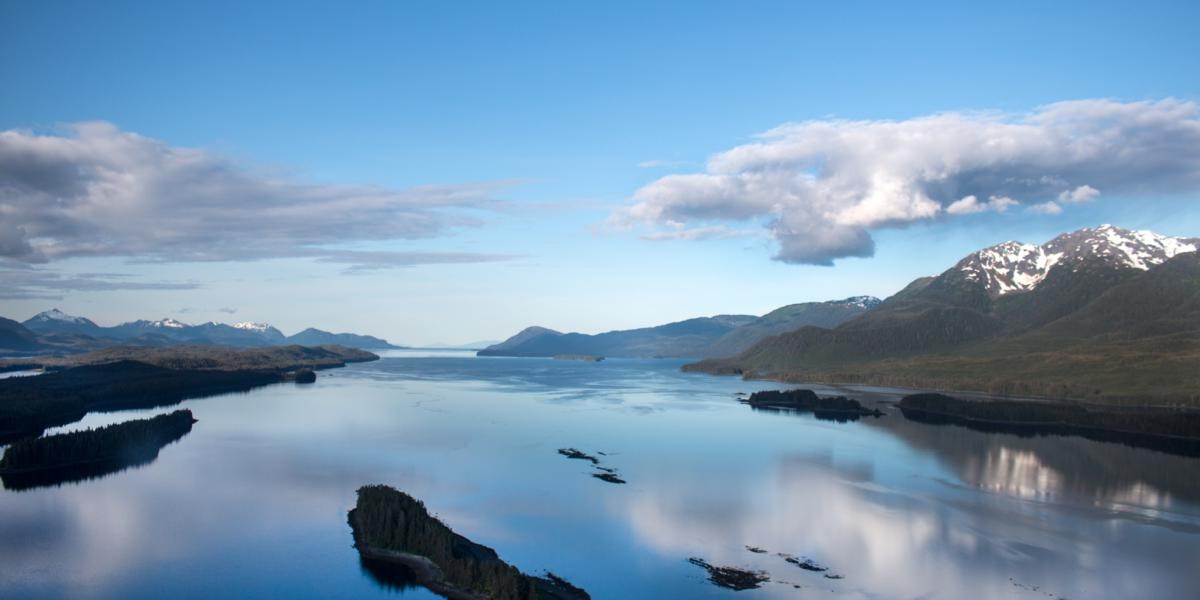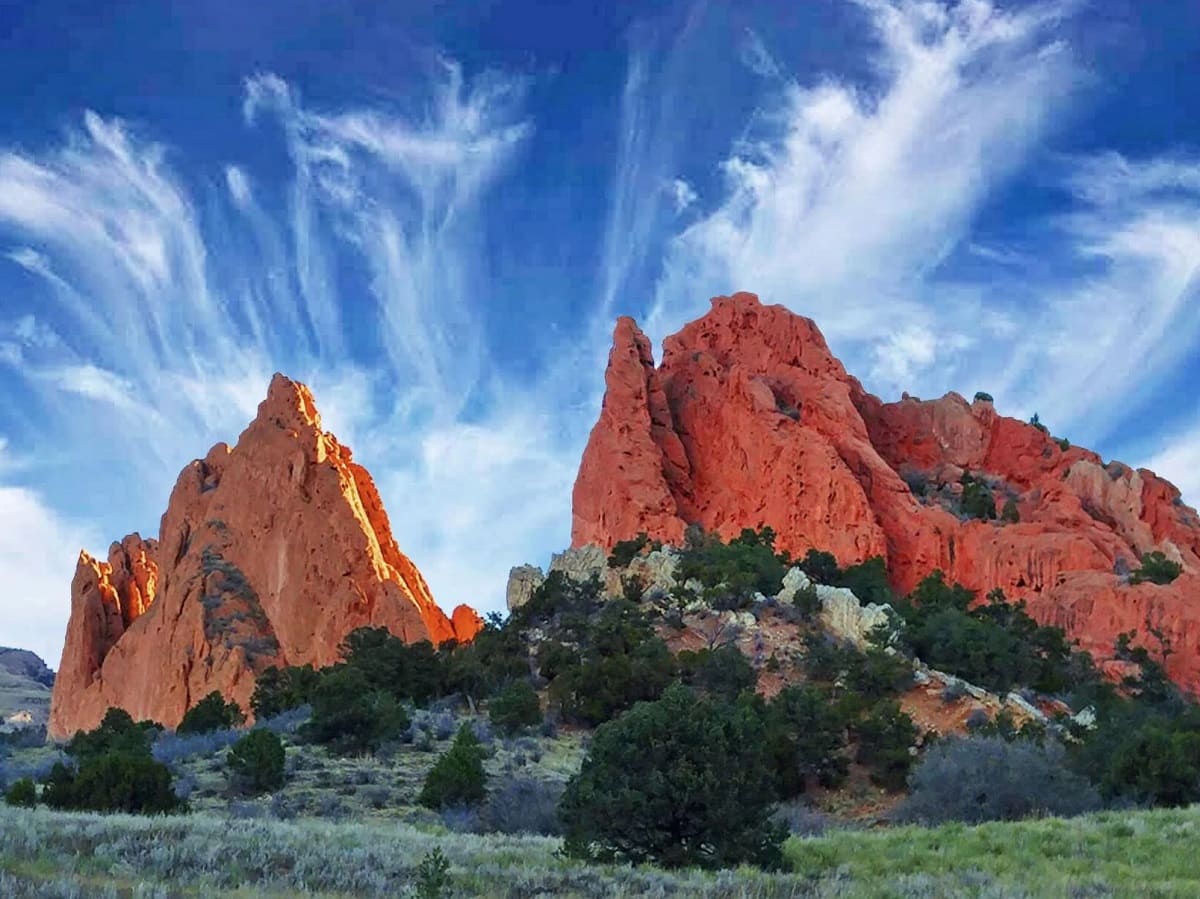Home>Weather and Climate>Mesa Arizona Weather: A Comprehensive Guide To Year-Round Climate
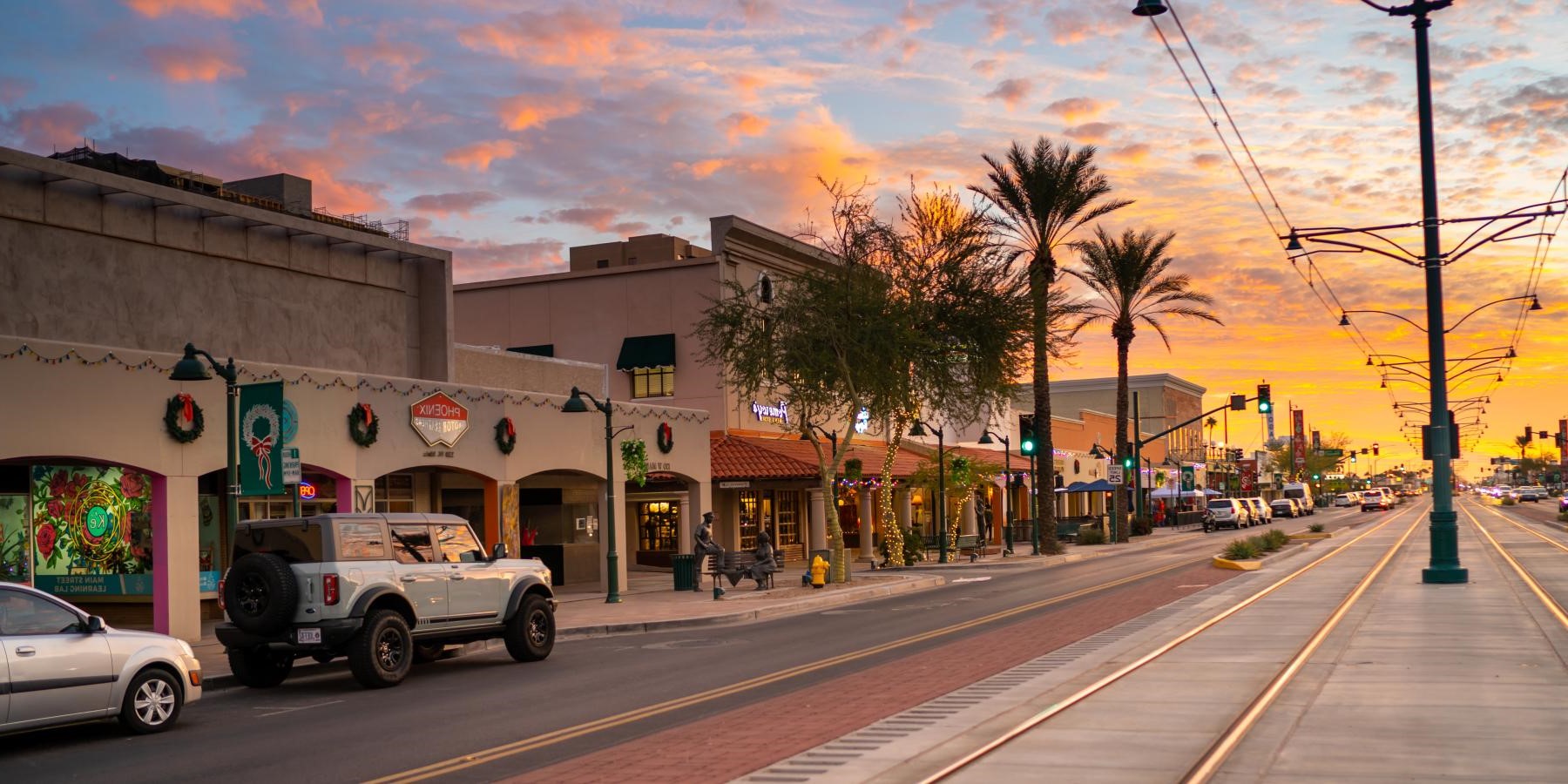

Weather and Climate
Mesa Arizona Weather: A Comprehensive Guide To Year-Round Climate
Published: March 7, 2024
Discover the diverse weather and climate of Mesa, Arizona with our comprehensive guide, providing insights into the year-round conditions and seasonal variations. Explore the city's unique climate patterns and plan your visit accordingly.
(Many of the links in this article redirect to a specific reviewed product. Your purchase of these products through affiliate links helps to generate commission for Temperatures.com, at no extra cost. Learn more)
Table of Contents
Introduction
Mesa, Arizona, is a city renowned for its stunning desert landscapes, vibrant culture, and diverse outdoor recreational opportunities. As visitors and residents alike immerse themselves in the unique charm of this Southwestern gem, understanding Mesa's climate becomes essential for planning activities and making the most of each season. From scorching summers to mild winters, Mesa's weather patterns shape the rhythm of daily life and offer a rich tapestry of experiences throughout the year.
In this comprehensive guide, we will delve into the nuances of Mesa's year-round climate, exploring the distinct weather patterns that define each season. Whether you're a local seeking to gain a deeper appreciation for your surroundings or a prospective visitor planning an unforgettable trip, this guide will equip you with valuable insights into Mesa's weather and climate. By understanding the ebb and flow of the elements in this dynamic region, you can better prepare for outdoor adventures, cultural explorations, and everything in between.
Join us as we embark on a journey through Mesa's weather, from the blossoming beauty of spring to the cozy charm of winter. By the end of this guide, you'll have a newfound understanding of Mesa's climate and be ready to embrace the unique experiences that each season has to offer. So, let's set out on this enlightening exploration of Mesa's weather and climate, uncovering the secrets of this captivating desert oasis.
Understanding Mesa's Climate
Mesa, Arizona, is situated in the Sonoran Desert, a region known for its arid climate and abundant sunshine. The city experiences a desert climate characterized by scorching summers, mild winters, and relatively low annual precipitation. Understanding Mesa's climate involves recognizing the unique environmental factors that shape its weather patterns throughout the year.
The city's location in the desert southwest exposes it to high temperatures and low humidity, creating a distinctive climate that influences daily life and outdoor activities. Summers in Mesa are exceptionally hot, with average high temperatures exceeding 100°F (37.8°C) during the peak months. Conversely, winters are mild and pleasant, offering a welcome respite from the intense heat of the summer months.
Mesa's climate is also defined by its minimal rainfall, with the majority of precipitation occurring during the winter months. The arid conditions contribute to the region's characteristic desert landscapes, featuring rugged mountains, expansive cacti forests, and breathtaking sunsets. The dry climate and clear skies make Mesa an ideal destination for stargazing and outdoor adventures year-round.
In addition to its desert climate, Mesa is susceptible to occasional dust storms, locally known as "haboobs," which can dramatically reduce visibility and impact travel conditions. These intense dust storms are a natural phenomenon in the desert southwest and are an integral part of Mesa's climate dynamics.
Understanding Mesa's climate involves embracing the unique characteristics of the desert environment, from its extreme temperatures to its breathtaking natural beauty. By gaining insight into the intricacies of Mesa's climate, residents and visitors can make informed decisions about outdoor activities, travel plans, and seasonal preparations.
As we delve deeper into Mesa's weather patterns throughout the year, we will uncover the nuances of each season and gain a comprehensive understanding of the city's diverse climate. Let's embark on this enlightening journey through Mesa's weather, exploring the captivating elements that define this vibrant desert destination.
Weather Patterns in Spring
As winter transitions into spring, Mesa experiences a delightful shift in its weather patterns, marking the beginning of a vibrant and invigorating season. Spring in Mesa is characterized by gradually rising temperatures, blossoming desert flora, and a sense of renewal that permeates the air. The city comes alive with an array of outdoor events, cultural festivities, and opportunities to revel in the natural beauty of the Sonoran Desert.
During the early months of spring, Mesa enjoys mild and pleasant temperatures, with average highs ranging from the mid-70s to the low 80s Fahrenheit (around 24-29°C). The crisp morning air gives way to comfortably warm afternoons, creating an ideal setting for outdoor activities such as hiking, picnicking, and exploring the city's scenic parks. The gradual warming of the weather provides a perfect backdrop for witnessing the desert landscape as it bursts into a kaleidoscope of colors, with wildflowers blooming and cacti displaying their vibrant blossoms.
Spring in Mesa also brings occasional breezes that add a refreshing touch to the outdoor ambiance. The gentle winds carry the sweet fragrance of desert blooms and contribute to the sense of tranquility that permeates the city during this time of year. As the season progresses, the temperatures continue to climb, signaling the approach of the sizzling summer months. However, spring offers a brief window of idyllic weather, allowing residents and visitors to savor the outdoors before the arrival of the intense desert heat.
In addition to the favorable weather, spring in Mesa sets the stage for a variety of cultural and community events. From outdoor concerts and art festivals to farmers' markets and garden tours, the city's calendar is brimming with opportunities to engage with the local community and immerse oneself in the spirit of spring. Visitors can also partake in guided nature walks to witness the desert's transformation or attend educational programs that highlight the unique ecology of the region.
Overall, spring in Mesa is a time of rejuvenation, celebration, and natural splendor. The city's weather patterns during this season create an inviting atmosphere for outdoor enthusiasts, nature lovers, and anyone seeking to embrace the enchanting allure of the desert in bloom. With its temperate climate and a myriad of engaging activities, spring in Mesa beckons individuals to revel in the beauty of the season and forge unforgettable memories amidst the breathtaking desert landscape.
Weather Patterns in Summer
Summer in Mesa descends with an unmistakable intensity, enveloping the city in sweltering heat and clear, sun-drenched skies. As the mercury rises, Mesa's weather undergoes a dramatic transformation, ushering in a season defined by scorching temperatures and a palpable sense of desert heat. The summer months, spanning from June to August, bring forth a unique set of weather patterns that shape the rhythm of daily life and outdoor activities in this vibrant Southwestern locale.
The hallmark of Mesa's summer weather is the relentless heat, with average high temperatures soaring well above 100°F (37.8°C) and occasionally reaching upwards of 110°F (43.3°C). The sun blazes overhead, casting a radiant glow over the arid landscape and infusing the city with an unmistakable warmth that permeates the air. The dry desert heat creates an environment where seeking shade and staying hydrated become essential practices for residents and visitors alike.
In addition to the high temperatures, summer in Mesa is characterized by clear skies and minimal precipitation. Rainfall during this season is scarce, contributing to the arid conditions that define the region's desert climate. The absence of significant cloud cover allows the sun to reign supreme, bathing Mesa in an abundance of sunlight and creating ideal conditions for outdoor pursuits such as swimming, water sports, and leisurely strolls in the early morning or late evening when the temperatures are relatively cooler.
Despite the formidable heat, summer in Mesa also presents opportunities for embracing the unique elements of the desert environment. The city's proximity to stunning natural attractions, including the iconic Superstition Mountains and the expansive Tonto National Forest, invites outdoor enthusiasts to explore the rugged beauty of the Sonoran Desert. While the midday heat may be intense, early morning hikes and sunset excursions offer glimpses of the desert's captivating allure without the full brunt of the sun's intensity.
Furthermore, Mesa's summer weather sets the stage for a variety of indoor activities and cultural experiences, providing respite from the outdoor heat. From art galleries and museums to indoor entertainment venues and culinary delights, the city's diverse offerings cater to individuals seeking to escape the heat while immersing themselves in the rich tapestry of Southwestern culture.
In essence, summer in Mesa is a season of extremes, where the relentless desert heat converges with boundless opportunities for exploration and cultural immersion. By embracing the unique weather patterns of this season, residents and visitors can gain a deeper appreciation for the resilience of life in the desert and the myriad experiences that await amidst the sun-drenched landscapes of Mesa, Arizona.
Weather Patterns in Fall
As summer gradually yields to the embrace of autumn, Mesa undergoes a captivating transformation, ushering in a season characterized by milder temperatures, golden landscapes, and a palpable sense of transition. Fall in Mesa, spanning from September to November, offers a welcome reprieve from the scorching heat of summer while presenting a tapestry of weather patterns that encapsulate the essence of the desert's seasonal shift.
The onset of fall brings a noticeable moderation in temperatures, marking a departure from the intense heat of summer and paving the way for more comfortable outdoor activities. Average high temperatures in Mesa during the fall months range from the mid-80s to the low 90s Fahrenheit (around 29-32°C), creating an inviting climate for exploring the city's scenic parks, embarking on leisurely hikes, and partaking in outdoor festivities. The gentle warmth of the autumn sun bathes the desert landscape in a soft, golden glow, casting a serene ambiance over the city.
One of the most enchanting aspects of fall in Mesa is the gradual transition of the desert flora, as the vibrant hues of summer give way to a spectrum of golden, amber, and russet tones. The city's parks and nature reserves become adorned with the rich colors of changing foliage, offering a picturesque backdrop for nature walks, photography outings, and moments of tranquil reflection amidst the evolving beauty of the desert landscape.
In addition to the temperate weather and captivating scenery, fall in Mesa also brings occasional breezes that carry a hint of crispness, adding a touch of nostalgia to the air. The gentle rustling of leaves and the earthy fragrance of the desert create an atmosphere of tranquility, inviting residents and visitors to savor the fleeting moments of autumnal splendor.
Furthermore, fall in Mesa sets the stage for a variety of seasonal events and cultural celebrations, offering opportunities to engage with the local community and immerse oneself in the spirit of the season. From harvest festivals and outdoor concerts to pumpkin patches and culinary gatherings, the city's calendar brims with activities that capture the essence of fall and showcase the vibrant cultural tapestry of the region.
In essence, fall in Mesa is a season of transition and natural beauty, where the desert's subtle transformation unfolds amidst a backdrop of inviting weather and engaging experiences. By embracing the unique weather patterns of this season, residents and visitors can forge unforgettable memories amidst the golden landscapes and welcoming ambiance of Mesa, Arizona.
Weather Patterns in Winter
Winter in Mesa unfolds with a gentle embrace, offering a delightful contrast to the scorching heat of summer and the vibrant hues of fall. Spanning from December to February, the winter season in Mesa introduces a refreshing change in weather patterns, creating a cozy and inviting atmosphere that beckons residents and visitors to revel in the city's mild and pleasant climate.
One of the defining characteristics of winter in Mesa is the moderation of temperatures, providing a welcome respite from the intense heat of the summer months. Average high temperatures during winter range from the mid-60s to the low 70s Fahrenheit (around 18-23°C), creating an idyllic setting for outdoor excursions, al fresco dining, and leisurely explorations of the city's charming neighborhoods. The crisp, invigorating air of winter infuses the desert landscape with a sense of tranquility, inviting individuals to immerse themselves in the natural beauty of the region.
In addition to the mild temperatures, winter in Mesa brings clear skies and abundant sunshine, allowing residents and visitors to bask in the warmth of the desert sun while partaking in a myriad of outdoor activities. From invigorating morning hikes in the nearby Usery Mountain Regional Park to leisurely bike rides along the scenic Salt River, the winter weather sets the stage for embracing the city's breathtaking natural surroundings and engaging in recreational pursuits that celebrate the spirit of the season.
Furthermore, winter in Mesa offers opportunities to experience the city's cultural offerings and festive events, adding a touch of warmth and cheer to the season. From holiday markets and seasonal concerts to dazzling light displays and community celebrations, the city's vibrant calendar of winter events invites individuals to immerse themselves in the joyous ambiance of the holiday season and the welcoming spirit of the local community.
Overall, winter in Mesa is a season of tranquility, natural beauty, and engaging experiences, where the city's mild weather patterns create an inviting backdrop for outdoor adventures, cultural explorations, and moments of shared warmth and camaraderie. By embracing the unique elements of winter in Mesa, residents and visitors can forge unforgettable memories amidst the cozy charm of this Southwestern oasis.
Extreme Weather Events
Mesa, Arizona, is no stranger to extreme weather events that punctuate its otherwise arid and sunny climate. While the city enjoys an abundance of sunshine and clear skies for the majority of the year, it is important to acknowledge the occasional weather phenomena that can impact the region. From intense heat waves to awe-inspiring dust storms, Mesa experiences a range of extreme weather events that contribute to the dynamic nature of its climate.
One of the most notable extreme weather events in Mesa is the occurrence of intense heat waves during the summer months. As temperatures soar well above 100°F (37.8°C), the city grapples with prolonged periods of scorching heat that necessitate precautionary measures to ensure the well-being of residents and visitors. The combination of high temperatures and low humidity levels creates an environment where heat-related illnesses can pose a significant risk, prompting local authorities to issue advisories and guidelines for staying safe during extreme heat events.
In addition to heat waves, Mesa is also susceptible to dust storms, locally referred to as "haboobs," which can blanket the city in swirling clouds of dust and dramatically reduce visibility. These awe-inspiring meteorological events are a natural occurrence in the desert southwest, often arising from thunderstorm outflows that generate powerful gusts of wind capable of lifting and carrying vast amounts of fine dust particles. Haboobs can descend upon Mesa with little warning, transforming the landscape into a surreal tableau of swirling dust and muted sunlight. While these events are a testament to the raw power of nature, they also necessitate caution and preparedness to ensure the safety of individuals in the affected areas.
Furthermore, Mesa experiences occasional flash floods, particularly during the monsoon season, when intense thunderstorms unleash torrents of rain that can overwhelm drainage systems and inundate low-lying areas. The rapid onset and unpredictable nature of flash floods underscore the importance of vigilance and preparedness, as these events can pose significant hazards to motorists, pedestrians, and property in affected areas.
Despite the occurrence of these extreme weather events, Mesa's resilience and preparedness are evident in the proactive measures taken by local authorities and community organizations to educate and inform residents and visitors about staying safe during such occurrences. By understanding the potential risks associated with extreme weather events and adhering to safety guidelines, individuals can navigate Mesa's dynamic climate with confidence and ensure their well-being in the face of nature's formidable forces.
Tips for Dressing for Mesa's Climate
Dressing appropriately for Mesa's climate is essential for staying comfortable and safe while enjoying the city's outdoor attractions and cultural offerings. Whether you're exploring the desert landscapes, attending local events, or simply strolling through the city, understanding how to dress for Mesa's weather can enhance your experience and ensure that you're well-prepared for the elements.
-
Lightweight and Breathable Clothing: With the scorching temperatures that characterize Mesa's summers, opting for lightweight and breathable clothing is crucial. Choose loose-fitting garments made from natural fabrics such as cotton or linen to allow air circulation and minimize heat retention. Light-colored clothing can also help reflect sunlight and keep you cooler during the hottest hours of the day.
-
Sun Protection: Shielding yourself from the intense desert sun is paramount when venturing outdoors in Mesa. Wear a wide-brimmed hat to protect your face and neck from direct sunlight, and don't forget to apply sunscreen with a high SPF rating to exposed skin. Sunglasses with UV protection can safeguard your eyes from the glare and harmful rays of the sun.
-
Comfortable Footwear: Whether you're embarking on a desert hike or exploring Mesa's urban landscape, comfortable footwear is a must. Opt for breathable, closed-toe shoes that provide ample support and protection. Sandals or open-toe footwear may leave your feet vulnerable to the hot pavement and desert terrain.
-
Layering for Cooler Months: While Mesa's winters are relatively mild, the temperature can fluctuate throughout the day. Dressing in layers allows you to adjust to changing conditions, especially during early mornings and evenings when the desert air can feel crisp. A light jacket or sweater paired with a long-sleeved shirt provides flexibility as the day transitions from cool to comfortably warm.
-
Hydration Accessories: Carrying a refillable water bottle is essential for staying hydrated in Mesa's arid climate. Opt for a durable, insulated bottle to keep your water cool, especially during the hot summer months. Additionally, consider carrying a small, portable misting fan to provide refreshing relief from the heat when outdoors for extended periods.
-
Rain Gear for Monsoon Season: During the monsoon season, which typically occurs from July to September, sudden downpours can occur. It's advisable to have a compact, waterproof jacket or poncho on hand to shield yourself from unexpected rain showers. Quick-drying footwear can also be beneficial for navigating wet surfaces.
By adhering to these tips for dressing for Mesa's climate, you can ensure that your outdoor adventures, cultural explorations, and everyday activities are met with comfort, preparedness, and an appreciation for the unique weather patterns that define this captivating desert destination.
Best Times to Visit Mesa
The best times to visit Mesa, Arizona, are influenced by the city's diverse weather patterns and the array of seasonal activities and events that unfold throughout the year. Understanding the optimal times to experience Mesa's unique charm involves considering the interplay of weather, cultural happenings, and outdoor opportunities, ensuring that visitors can make the most of their time in this vibrant Southwestern locale.
Spring emerges as one of the prime seasons to visit Mesa, offering a delightful blend of mild temperatures, blossoming desert flora, and a myriad of outdoor events. From March to May, the city comes alive with vibrant wildflowers, cacti blooms, and a palpable sense of renewal. The temperate weather during spring creates an inviting backdrop for exploring Mesa's scenic parks, embarking on nature walks, and partaking in cultural festivities. Visitors can immerse themselves in the spirit of the season by attending outdoor concerts, art festivals, and garden tours, reveling in the natural splendor of the desert in bloom.
Another favorable window for visiting Mesa is during the fall months, from September to November, when the city experiences a gentle transition from the intense heat of summer to milder temperatures and golden landscapes. Fall in Mesa offers a respite from the scorching heat while presenting a tapestry of weather patterns that encapsulate the essence of the desert's seasonal shift. The moderate temperatures and changing foliage create an idyllic setting for nature walks, photography outings, and engaging in seasonal events that capture the spirit of the season. Harvest festivals, outdoor concerts, and pumpkin patches beckon visitors to immerse themselves in the vibrant cultural tapestry of the region.
While summer in Mesa brings intense heat, it also presents opportunities for indoor cultural experiences and evening outings when the temperatures are relatively cooler. The city's diverse offerings, including art galleries, museums, and culinary delights, cater to individuals seeking to escape the outdoor heat while immersing themselves in the rich tapestry of Southwestern culture. Additionally, the proximity to stunning natural attractions invites outdoor enthusiasts to explore the rugged beauty of the Sonoran Desert during the early morning or late evening hours when the temperatures are more conducive to outdoor activities.
Winter in Mesa, spanning from December to February, introduces a refreshing change in weather patterns, creating a cozy and inviting atmosphere for outdoor adventures and cultural explorations. The mild temperatures, clear skies, and abundant sunshine provide an ideal backdrop for exploring the city's scenic parks, embarking on leisurely hikes, and partaking in seasonal events that capture the essence of the holiday season. Dazzling light displays, holiday markets, and community celebrations infuse Mesa with warmth and cheer, inviting residents and visitors to immerse themselves in the joyous ambiance of the winter season.
In essence, the best times to visit Mesa are influenced by the city's diverse weather patterns and the array of seasonal activities and events that unfold throughout the year. Whether it's reveling in the natural splendor of spring, embracing the golden landscapes of fall, savoring the cultural offerings of summer, or immersing in the cozy charm of winter, Mesa beckons visitors to experience its captivating allure year-round. By aligning their visit with the unique weather and cultural dynamics of each season, individuals can embark on an enriching journey through Mesa's weather and climate, forging unforgettable memories amidst the vibrant tapestry of this Southwestern oasis.
Conclusion
In conclusion, Mesa, Arizona, offers a captivating tapestry of weather and climate that shapes the rhythm of daily life and the experiences of residents and visitors throughout the year. From the scorching heat of summer to the mild winters and the vibrant transitions of spring and fall, Mesa's climate embodies the resilience and natural beauty of the Sonoran Desert. By gaining a comprehensive understanding of Mesa's weather patterns, individuals can prepare for outdoor adventures, cultural explorations, and seasonal festivities while embracing the unique elements that define this Southwestern oasis.
The city's desert climate, characterized by high temperatures, minimal rainfall, and abundant sunshine, creates an environment where outdoor enthusiasts, nature lovers, and cultural aficionados can immerse themselves in a rich tapestry of experiences. Spring heralds the awakening of the desert landscape, offering a kaleidoscope of colors and a sense of renewal. Summer brings intense heat and clear skies, inviting individuals to explore the rugged beauty of the Sonoran Desert while seeking respite in the city's diverse cultural offerings. Fall unfolds with golden landscapes and milder temperatures, providing a picturesque backdrop for outdoor activities and seasonal celebrations. Winter introduces a cozy ambiance and mild weather, inviting residents and visitors to savor the city's scenic parks and engaging in holiday festivities.
Despite the occasional extreme weather events, such as heat waves, dust storms, and flash floods, Mesa's resilience and preparedness are evident in the proactive measures taken by local authorities and community organizations to ensure the safety and well-being of individuals. By understanding the potential risks associated with extreme weather events and adhering to safety guidelines, residents and visitors can navigate Mesa's dynamic climate with confidence and appreciation for the formidable forces of nature.
Whether it's reveling in the natural splendor of spring, embracing the golden landscapes of fall, savoring the cultural offerings of summer, or immersing in the cozy charm of winter, Mesa beckons visitors to experience its captivating allure year-round. By aligning their visit with the unique weather and cultural dynamics of each season, individuals can embark on an enriching journey through Mesa's weather and climate, forging unforgettable memories amidst the vibrant tapestry of this Southwestern oasis.
